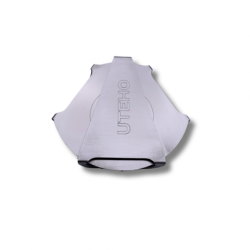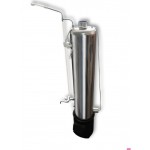
Which is Better: Autoclave or Freezing?
Comparison of food storage methods
Autoclave/Freezer

Products for Autoclaving:
Comparing Two Methods of Food Storage:
Autoclave or Freezing – What to Choose?
Modern households have plenty of options for food preservation, and the most popular ones are freezing and autoclaving. Both methods are effective and have their pros and cons, but they are fundamentally different approaches to food preservation. In this article, we compare these methods based on key criteria and find out which one is more convenient, economical, and profitable.
Storage Convenience

Shelf Life

Preparation Time

Energy Consumption

Equipment Cost

Mobility and Transportation

Flexibility of Use

Reliability in Emergencies

Versatility

So who won in our comparison?
The freezer has only 4 advantages, while autoclaving wins in many respects with 6 pluses.
Which preservation method is better — the choice is yours. Each has its own strengths. If you value convenience, independence, long shelf life, and ready-to-eat meals — the autoclave is an indispensable helper. But if you need to quickly freeze food and want more flexibility — choose a freezer.
But the truth is, both methods complement each other. So, the ideal solution is to combine different approaches. Because in the kitchen, as in life, the most important thing is to have a choice.
Happy preserving with Uteho!
28.05.2025

Uteho
Don't forget to subscribe to our channel so you don't miss new and interesting videos, get useful autoclaving tips, and discover great recipes for your autoclave.












-250x250.webp)



